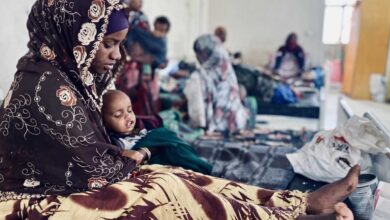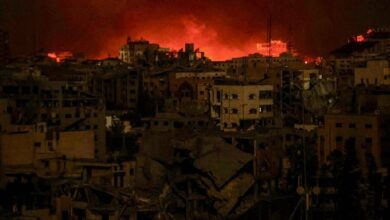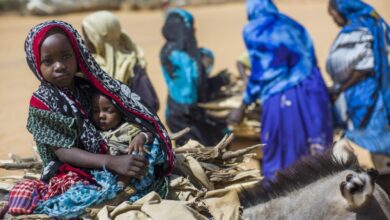The Rise in Red and White Meat Prices and Their Impact on People’s Lives in the Year 1402. (2023-2024)
Meysam Khosravi

Red and white meat hold significant importance in the food basket of the Iranian population. However, consumption of these meats has declined among Iranian citizens over the past year. The issue of rising meat prices and reduced consumption is closely intertwined, and it reached a critical state in the year 1402(2023-2024).
On August 21, 1402(2023), news reports indicated that the increase in red meat prices was directly linked to the ongoing war between Russia and Ukraine. Iran had previously imported livestock inputs from Ukraine, but due to the conflict, this supply was no longer feasible. Additionally, the impact of recent droughts exacerbated the situation.
In summary, the interplay between geopolitical events and environmental factors has significantly affected the availability and affordability of red and white meat in Iran. The primary consequence of inflation and soaring prices is evident in the reduced consumption of meat products. According to a news report from February 1402(2024), per capita red meat consumption has declined by approximately 35% in Iranian households. Additionally, it’s worth noting that chicken farmers also face limitations in accessing livestock inputs, preventing them from increasing chicken production. In essence, the food security of Iranians, particularly in the red meat sector, has encountered significant challenges in recent years, especially during 1402.
The escalation in red and white meat prices can lead to several adverse consequences, with malnutrition being a critical concern, particularly among the middle and lower classes. In Tehran, the capital city, the price of red meat has surged from 400,000 to 750,000 tomans. This increase is directly linked to the rising costs of barley and hay used for animal feed, which, in turn, depend on the fluctuating dollar exchange rate. This situation exemplifies the instability prevailing in the country’s meat market, potentially resulting in long-term economic repercussions.
The impact of this issue can be seen in the fact that the average consumption of red meat per capita in middle and lower-level families has reached three kilograms. This is even though, according to the report of the Iranian Statistics Center, before this, the consumption of red meat was about four kilograms per year. This itself has created a form of malnutrition.
Having established the significance of meat prices, let us delve further into this matter. Based on an economic analysis relying on the report from the Iranian Statistics Center in 1402, the inflation rates for various types of meat are as follows: red meat has surged to 86%, while chicken prices have reached 82%. These figures indicate that people’s lives are increasingly burdened by economic challenges. Notably, this rate stood at 48.5% in June 1401 (2022).
In reality, Iranian citizens often experience inflation more acutely than what official statistics indicate. Consequently, over the past year, citizens have faced dire circumstances in securing their food supply. The challenge extends beyond the red and white meat sector; it is merely a fragment of the broader food scarcity experienced by middle and lower social classes. Regrettably, the government has been unable to resolve this issue, and its symptoms are palpable to the citizens.




